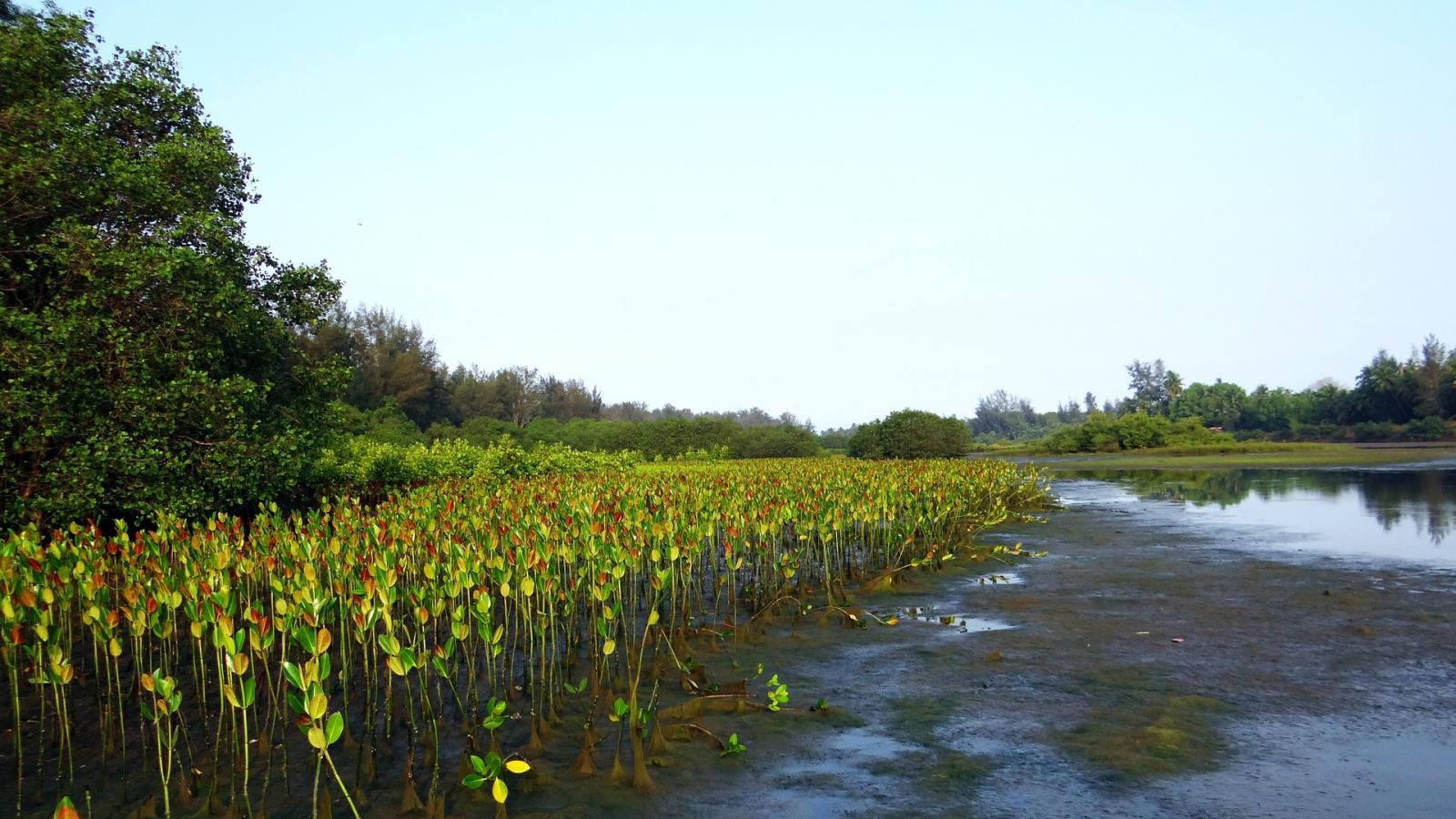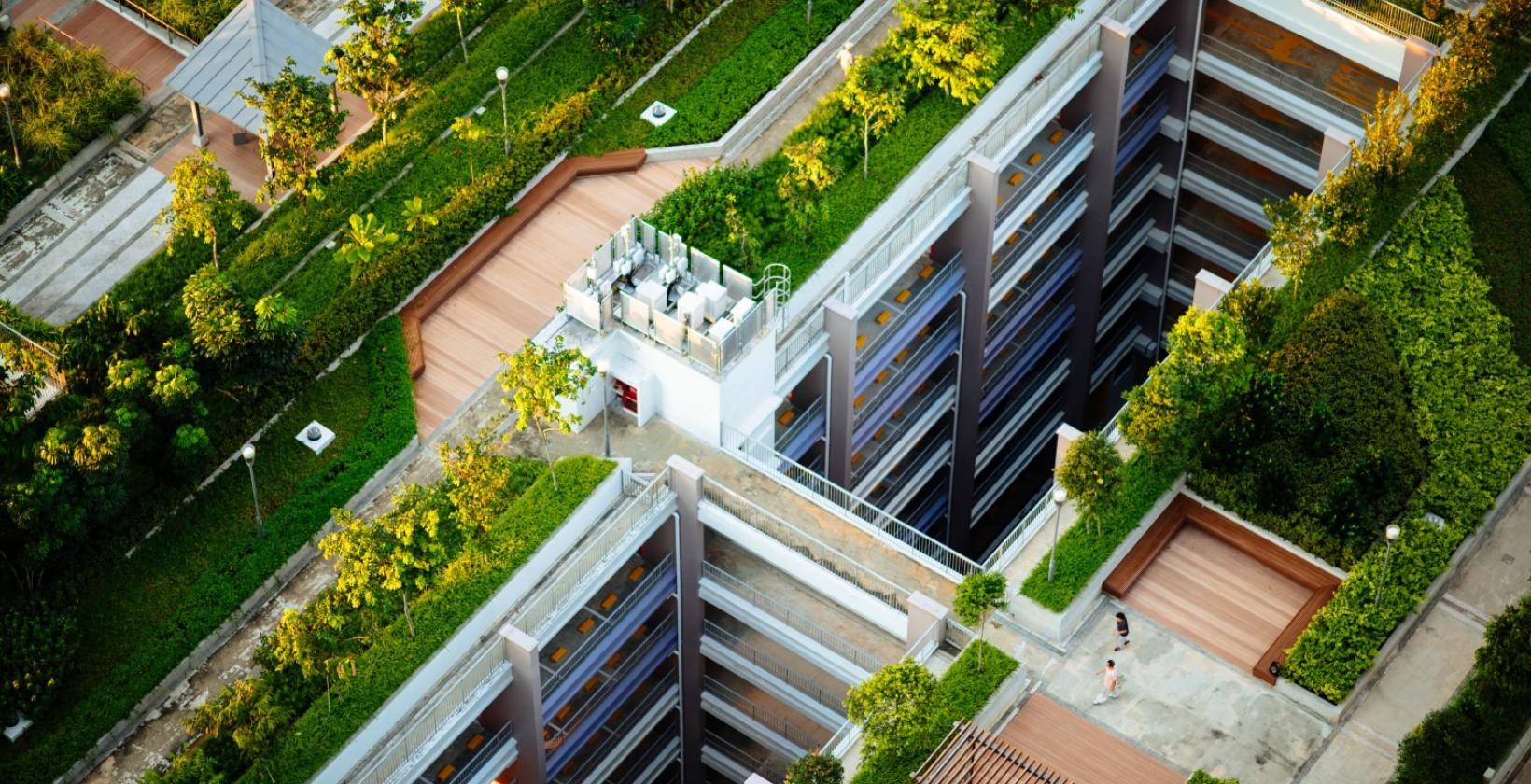Opinion
Urban shade and mangroves: Nature’s secret weapons against climate change
Climate adaptation measures that rely on or include nature are accessible, affordable, and can address multiple climate hazards simultaneously.
Mangrove seedlings / Pixabay
For most of us, most days, thinking about the benefits we get from nature is not on the top of our to-do list. We eat our food, grown from nature’s soil. We drink water that’s at least in part naturally filtered. We breathe in the air purified by our neighborhood trees. Whichever way we look at it, we’re dependent on nature to fulfill our fundamental needs.
Yet, we have upset the fine natural balance, and the last few years have shown us just how fragile our future is. From wildfires that ravaged swathes of forests, catastrophic floods that decimated villages to the COVID-19 crisis, natural disasters are increasingly impacting human lives.
As we seek to change our climate trajectory from one which induces a warmer, more hostile environment to one which stabilizes temperature increase, we should be considering what solutions ecological systems can offer. More precisely, how they can help us remediate our relationship with nature and secure a future where both humans and planet thrive.
Seeing solutions in nature
Rising temperatures is an issue all regions face. For cities, this means an intensification of the urban heat island effect. The urban heat island effect occurs when large areas of natural land cover are replaced by buildings, streets, and pavements. These absorb and hold heat, increasing the overall temperature of a city.
To combat urban heat, cities are enlarging their urban tree stocks, with increased tree canopy providing greater shade and cooling through evapotranspiration. This shields residents and infrastructure from unbearable heat and has the two-fold effect of removing pollutants from the atmosphere, improving air quality. Two-fold becomes three-fold when we include the contribution these trees make as biodiversity cultivators.
For coastal cities, the stakes are even higher. They face not only urban heat, but also existential threats from rising sea levels. This poses a myriad of issues: land loss, more frequent and intense flooding, loss of life, and considerable infrastructural damage. In response to this, many of these areas are investing in nature-based solutions such as mangroves.
Mangroves are one of nature’s ‘wonder’ flood defenses. The shape and density of these stout trees create barriers through a cross-shore width of forest and bottom friction, helping to slow the amount of water that passes from sea to land. These benefits could mean the difference between low-lying coastal communities keeping their homes and climate-induced migration. In recognition of their importance as a natural flood defense, mangrove forests are now being actively protected and reforested after years of destruction.
Nature-based solutions like urban tree-planting and mangrove protection are also cost-effective options that make them viable not just for developed countries, but for less developed countries and emerging economies too. In the case of mangroves, their economic value is generally omitted from national or subnational flood protection budgets. And yet, in flood-prone cities like Miami, USA, and Cancun, Mexico, they have been estimated to save more than $500 million USD annually in avoided property damages.
An assessment comparing the cost-effectiveness of nature-based solutions and engineered adaptation approaches found that engineered approaches are particularly effective at reducing negative impacts of specific hazards in the short term, but are expensive and deliver few, if any, co-benefits. Conversely, measures that rely on or include nature tend to be more accessible, affordable, and can address multiple hazards simultaneously.
Making the most of nature’s offering
Cities can take advantage of these offerings by safeguarding ecosystem functions and services and integrating nature-based solutions into their urban development planning. Doing so will help us reconnect with nature and shape an urban world where both people and the planet thrive.
"Nature’s contributions to people are of critical importance to rich and poor in developed and developing countries alike. Nature underpins every person’s wellbeing and ambitions – from health and happiness to prosperity and security. People need to better understand the full value of nature to ensure its protection and sustainable use."
– Sir Robert Watson, IPBES Chair and former co-chair of the Millennium Ecosystem Assessment
Heeding Watson’s words, local officials are acting on this by collaborating with urban practitioners and national governments on programs like UrbanShift to weave nature back into cities to help them transition to a zero-carbon, nature-positive future. However, the road ahead remains long and requires political will and action as well as nature’s contribution.
Learn more
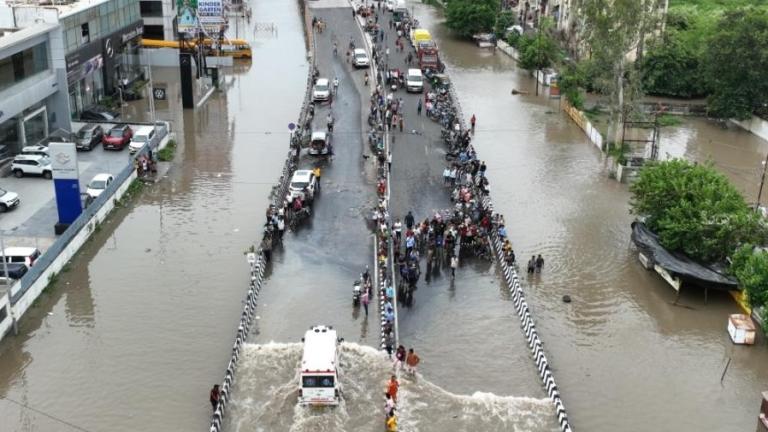
Building City Capacities for Urban Resilience: Three Learning Modules to Tackle Climate Risks
These self-study courses guide city officials through best practices for assessing climate risks and mitigating flood and heat hazards.
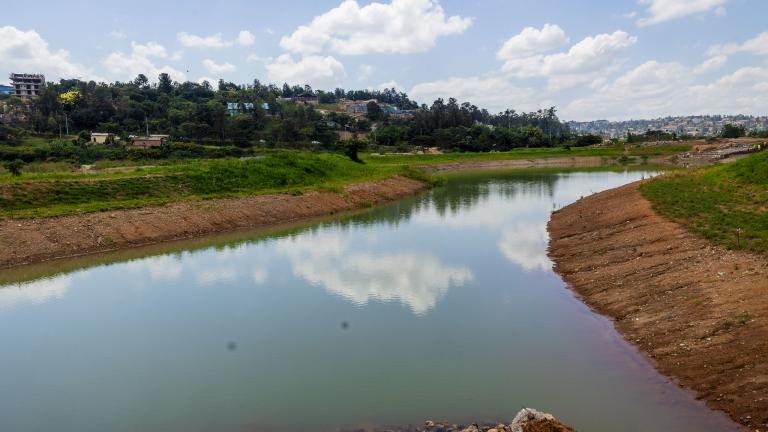
Breathing New Life into 5 Kigali Wetlands to Enhance Climate Resilience and Quality of Life
These formerly degraded sites will soon welcome visitors for recreational and educational opportunities—while alleviating flood challenges for the city.
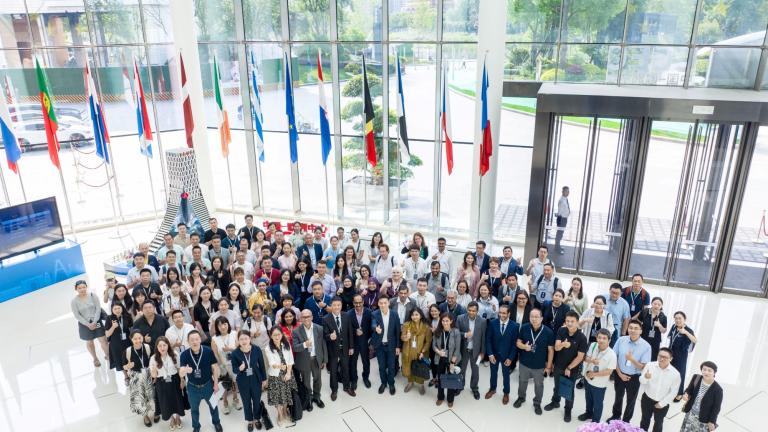
Empowering Cities to Shape Climate Goals: Lessons from the UrbanShift China City Academy
On 1-3 July 2025, the Academy brought together over 120 participants from cities in China, India, Malaysia, Mongolia, and the Philippines, alongside national government representatives.
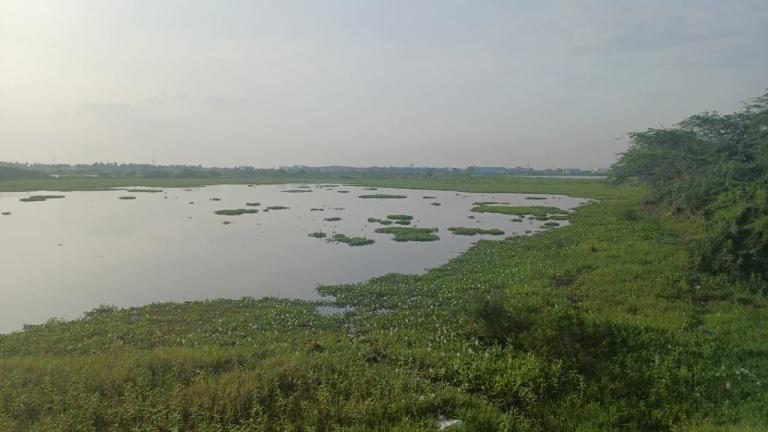
How Chennai is restoring Kadapakkam Lake with nature-based solutions
An UrbanShift spotlight on integrated water management, climate adaptation, and local innovation
